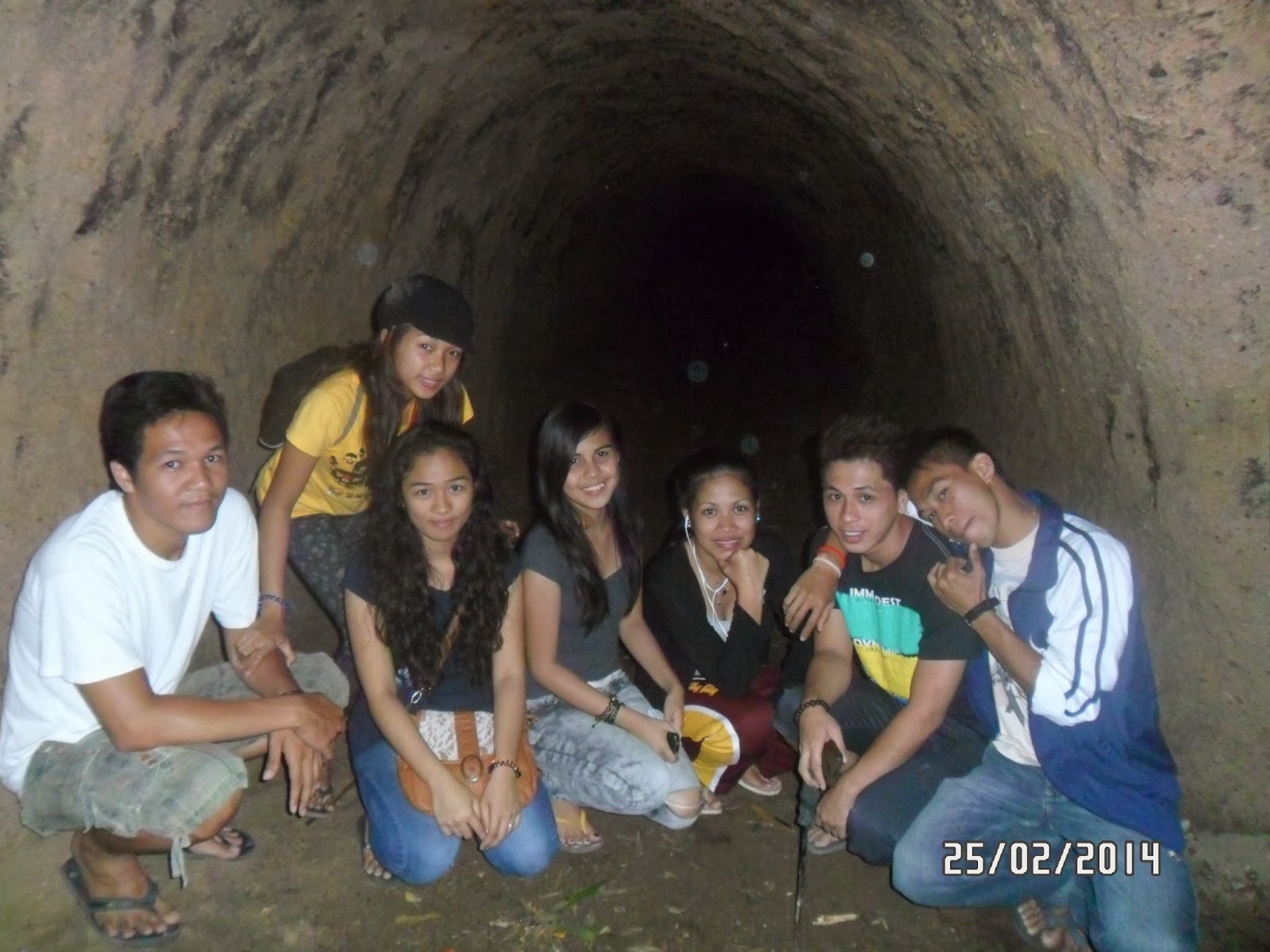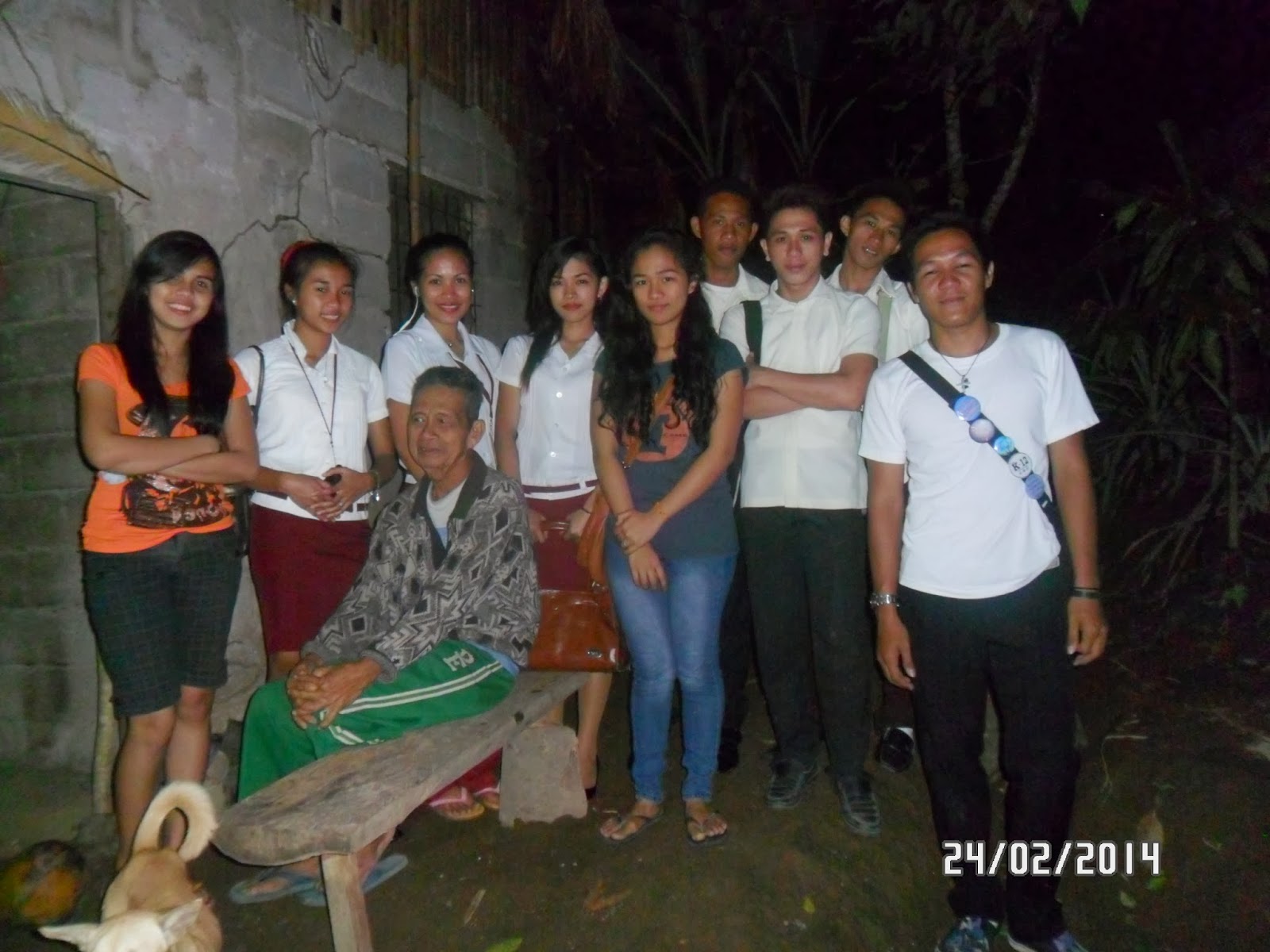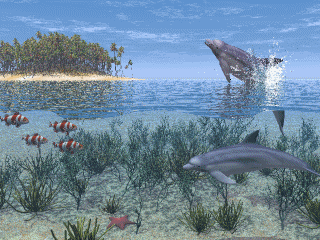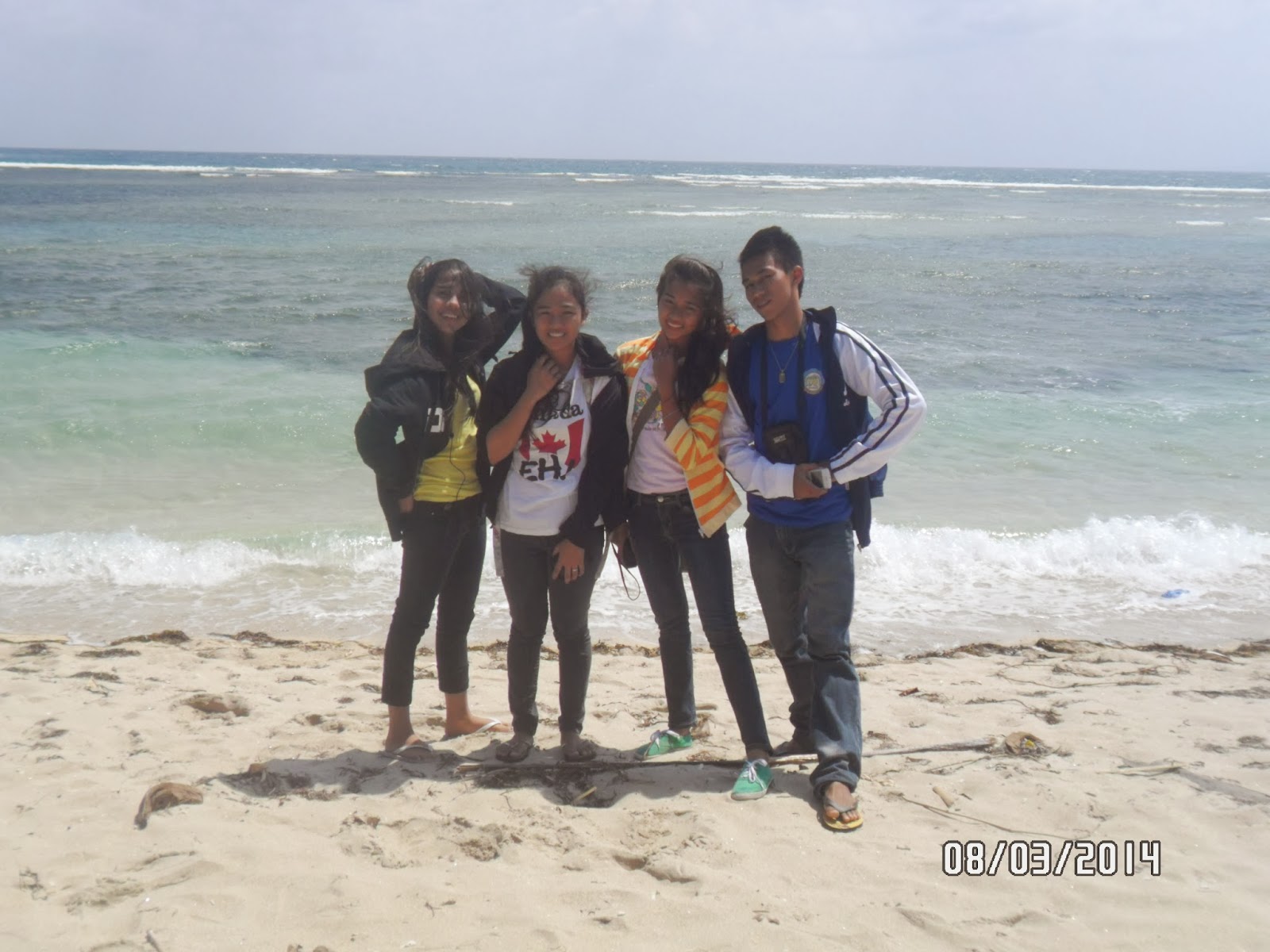HISTORICAL PLACES
Every place has its own history. Sometimes, we
don’t notice that the place we are passing by, we ignoring and we are going to
is a historical place like the cave in Brgy. San Francisco, Intramurous in
Immaculate and the church located at Brgy. Zone 5 that many generations used to
lived with for almost hundred years without knowing that it has a
sentimental value and importance that without historical places, the Brgy.
itself is nothing and plane.
Intramurous in Immaculate
Sbdv.(Banuang Daan)
This historical wall is a memory left during
Spanish regime wherein it is said to be a church before and it was called
intramurous. But other citizens of the place said that it became cemetery
because according to them there were pieces of skeleton inside a coffin and a
tomb.
As a proof we asked Lola Digna, a citizen who lives there for a long period of time, according to the stories shared to her by her grandfather ,the church was one of the oldest churches built in the province of Sorsogon.
CATHOLIC CHURCH IN BULAN
SORSOGON
The
Catholic Church: 1569, when the first mass in Luzon was celebrated at
Otavi. In 1640, Gate became a “Visita of Bulusan, and was established a
separate parish 1690, In 1746, the church in Gate was destroyed by the Moros.
The Bulusan Parish was later re-established in 1799.

The first feast day of Our Lady of Immacuate Conception Parish way held on December 8, 1801. In 1806 the Church was transferred from Banuang Daan to its present location. There are two other parishes in Bulan: the Vicariate of Saint Bonaventure in Butag and the Vicariate St. Anthony of Padua in San Francisco. The life of Bulaneños is diply intertwined with the Catholic Faith.

JAPANESE TUNNEL IN SAN FRANCISCO

Cave
in Brgy. San Francisco specifically in Daan na Bisita is composed of 3 separate
ways according to Mr. Julio Almenana, 73 years old and a resident of the Brgy.
for almost 44 years.
And
also that’s where the Japanese people stayed during their years here in
Philippines, and some bombs were found and other materials used in the war in
the cave.
The cave is wider before
wherein big vehicles like Trucks can enter the tunnel, unlike now it is
narrower because as time goes by, especially when rain occurs the soil near the
cave fills over it.
The Japanese tunnel was
created
back in World War II
era supposedly by Filipino prisoners of war. The purpose of the tunnel
was to be a hideout not only for soldiers but also their belongings. It
has been said that many tunnels were actually dug back then during or soon
after the United States took over
February 2, 1997, a
group of tourist with Japanese soldiers’ retired personnel visited Bulan to
remember the death of their co-soldiers who died here during the war. Ricardo
Loilo, a veteran of Japanese guerrilla revealed the location of the graves
where the Japanese soldiers were buried in Barangay San Francisco, Bulan, Sorsogon.
The group of
tourists also visited the Japanese War tunnel in Sitio Daan na Bisita.
A chief of the Japanese soldiers were assigned
in Sorsogon
Above are the two guerrillas namely Mr. Rizal Zuñiga and Mr.
Ricardo Loilo




















































